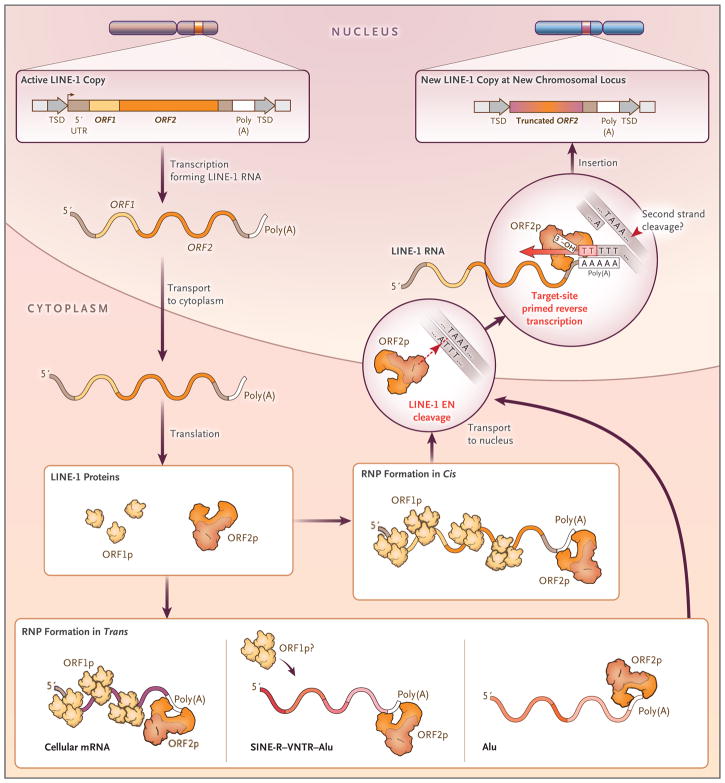Figure 3. A Model of LINE-1 Retrotransposition.
LINE-1 RNA is transcribed from a promoter located within its 5′ UTR. The RNA is exported into the cytoplasm, where it undergoes translation. The LINE-1–encoded proteins ORF1p and ORF2p bind to the LINE-1–encoding RNA by a process known as cis-preference,33,34 leading to the formation of a cytoplasmic complex.35–38 Components of this complex (at least ORF2p and LINE-1 RNA) gain nuclear access, at which point the ORF2p endonuclease (EN) cleaves a single strand of chromosomal DNA at a consensus sequence (i.e., 5′-TTTT/A-3′), liberating a 3′ hydroxyl group that is used by ORF2p reverse transcriptase to copy LINE-1 RNA and integrate the resultant LINE-1 DNA into this new chromosomal location.32,39 It is not known how the second DNA strand at the insertion site is cleaved and how second-strand LINE-1 DNA is synthesized, but the ORF2 protein probably mediates these processes. The ORF2 protein is also required for the retrotransposition of nonautonomous RNAs, such as cellular mRNAs (creating processed pseudogenes), SVA RNAs, and Alu RNAs.9 The ORF1 protein may aid in SVA and Alu retrotransposition.9 RNP denotes ribonucleoprotein particle. The diagram is adapted from Richardson et al.9

